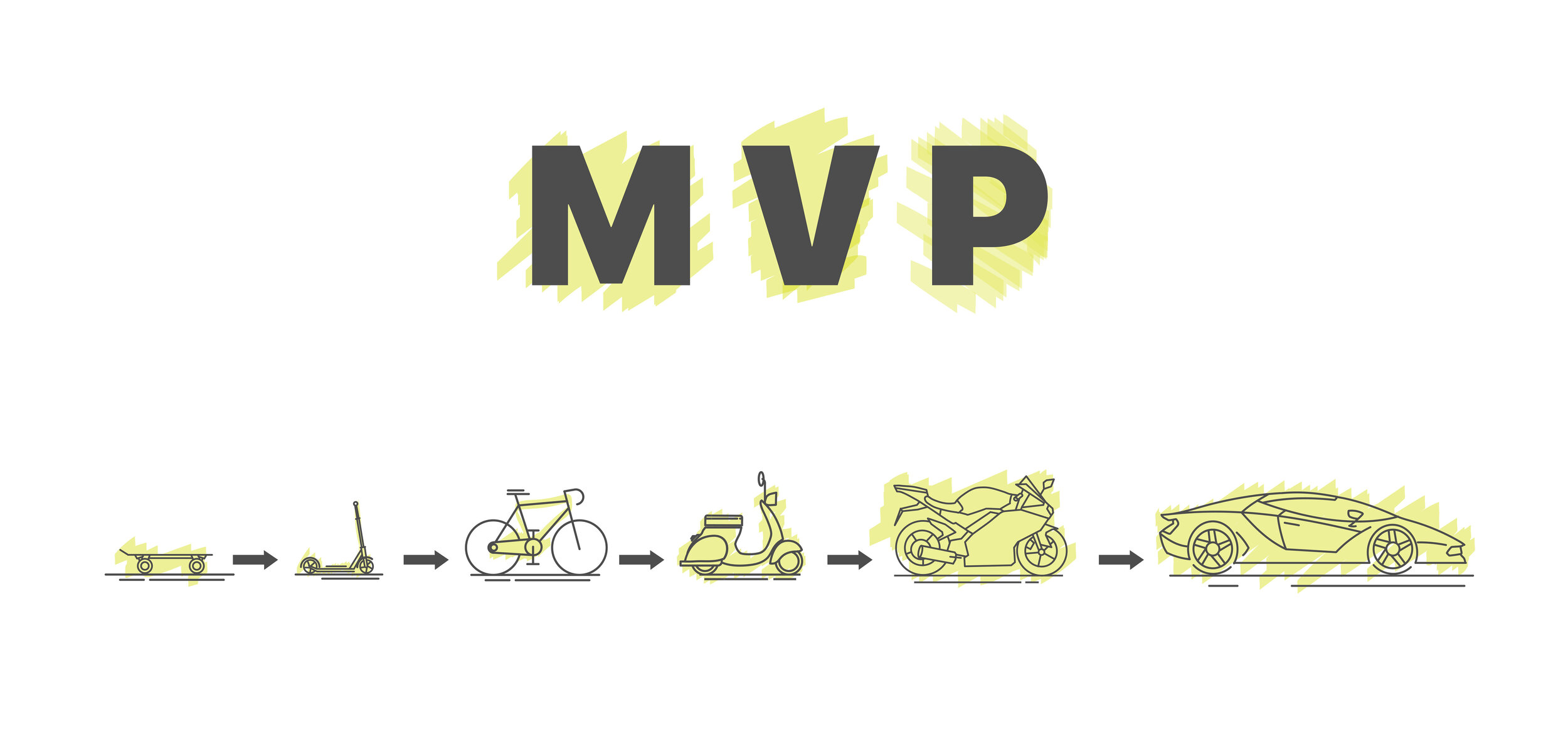So simple, but still so difficult to understand the difference between selling physical products, services and subscriptions for lots of people in the IT-business.
Selling av physical product like a bicycle is very simple. The ownership of the bike change from the seller to the buyer.
Selling a service like a repair of a bike is rather straightforward. The owner of the bike ask you to repair her bike, an you do the work as a service:
If I rent an apartment is it the landlord who owns the aparment and I have pay a rent every month.
When we introduce copyright and other immaterial right in to the equation is a tad more complex. We are now selling the rights to use a physical or digital product to be used according to the terms of license. Basically renting for a one time fee, or an subscription like Spotify.
The problem is when you combine different business models as in the example below.
Imagine that I have an bicycle shop, where I’m selling new bikes, used bikes and repair bikes.
One day, a tourist comes in an want to rent a bike for two weeks. I say yes and I now have a new business model. The tourist rents the bike, but also buys a helmet at the same time. To make it more complex for me, she asks to have everything on one invoice. On the way out, she grabs a bottle of Ramlösa mineral water, and want that added to the invoice. The VAT on food is 6% and 25% on the rest of the items.
When she comes back after two weeks, she want to buy this bike instead of returning it. Meanwhile, another customer already booked this bike for tomorrow.
Can you suggest a standard IT-system that could handle his business without custom development?



